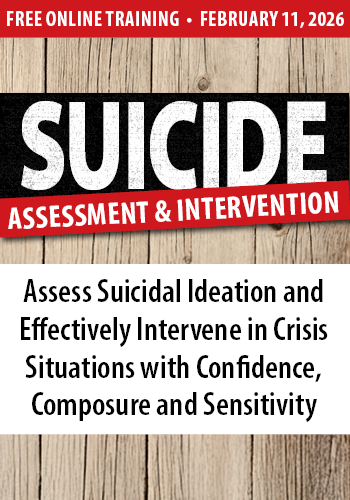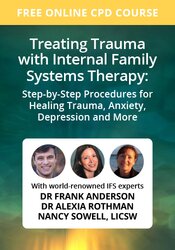Enrol in an online course today for flexible, self-paced learning—no fixed schedule required. Plus, enjoy lifetime access to course materials for convenient revisiting.
Making Time For Mindfulness: Why Clients Struggle and How We Might Respond

Long before I trained as a Counselling Psychologist, mindfulness was my gateway to hope and to seeking my own professional therapy. I remember thinking that I might feel better if I could just stand my inner world for longer than 60 seconds. A few short mindfulness sessions confirmed it was excruciating in there, and that I would benefit from some professional help. Therapy eventually brought insight into why I felt so much discomfort when I wasn’t occupying my mind with distractions and ruminations, and insight led to discovering a sense of contentment within and without.
Now, I witness on an hourly basis how mindfulness supports my clients on their own journeys of self-discovery. Yet the question I am most often asked by clients – usually in a quiet, confessional tone and with some underlying shame – is “Why is practicing mindfulness so hard?”
The short answer is that human survival mostly depends on being ‘mind-less’ and reactive. The longer answer is that mindfulness, in asking us to slow down and lower some of our survival mechanisms, is also asking us to notice any underlying sense of disconnection, vulnerability and discomfort. This is particularly challenging for those of us who grew up learning to ignore and suppress our internal states.
I usually introduce my clients to the concept of mindfulness in our first session, and introduce it practically for at least a few minutes every session. Some clients are experienced, some curious, and a few are resistant or openly reject the technique altogether. Many explain that it is not the doing it part that presents the biggest challenge but finding the time. I hear, “I know, it’s only five minutes and I bought an App and set the reminders, I know it helps and I do not dislike it when I’m doing it and I actually feel better after it, I just don’t know why, I can’t do it…”
At this point, I remind clients that distractions may have been a lifeline at some point in their lives. Mindlessness can be a superpower for a young child if it means tuning out from unbearable feelings that we have been left to cope with in isolation.
But mindfulness is about thriving rather than surviving. So I encourage and bargain and bore my clients with the adage – as far as our neural connections are concerned, practice makes permanent, not perfect. I use the metaphor I was given by my first teacher: mindfulness is to your mind what flossing is to your teeth. Just do it! You don’t have to enjoy it. In fact, you can hate every second. It will still make you healthier. And it works best when you do it every day.
Then I will invite clients to practice in session with me, and ‘floss’ today towards wellness tomorrow. And we can always, begin again. And again. And again.
Three Mindful Breaths – a mini mindfulness practice
When you’re ready, take a moment to find a place to sit. Close your eyes or rest your gaze softly on a stationary point.
- As you take a breath in notice that you have a physical circumference, notice the front and the back, the right and the left, and the top and bottom. As you slowly breathe out, feel your ribs softening, feel your body settling down, and breathe out fully.
- On your next inhale breath notice the temperature of the air softly filling your nostrils and then eventually into your lungs, notice your lungs expanding your front and back ribs from the inside. As you softly exhale feel the warm air releasing from your lungs, notice the breath leaving your body, and notice as you exhale all the breath out.
- On your last breath, breathe in and notice the thoughts moving through your mind, notice the speed of the thoughts, and notice that you can notice. Pause at the top of your inhale. As you breathe out slowly notice the rhythm of the thoughts in your mind and see if you can slightly slow them down as you fully exhale all the breath out. Now open your eyes if they are closed and move into your next moment with a little more awareness of your body, breath, and mind.

















